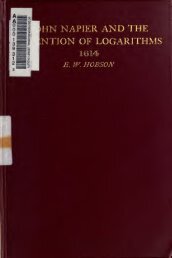The construction of the wonderful canon of logarithms
The construction of the wonderful canon of logarithms
The construction of the wonderful canon of logarithms
You also want an ePaper? Increase the reach of your titles
YUMPU automatically turns print PDFs into web optimized ePapers that Google loves.
Remarks on Appendix. 59<br />
<strong>The</strong>refore take <strong>the</strong> above power and seek for <strong>the</strong> root <strong>of</strong> it<br />
which corresponds to <strong>the</strong> quotient <strong>of</strong> <strong>the</strong> first Logarithm;<br />
<strong>the</strong>reby you will find <strong>the</strong> required second sine. Also <strong>the</strong><br />
Logarithm <strong>of</strong> <strong>the</strong> power itself will be <strong>the</strong> continued product<br />
<strong>of</strong> <strong>the</strong> quotients and <strong>the</strong> common divisor.<br />
Thus let <strong>the</strong> given Logarithms be 8 and 14,<br />
and <strong>the</strong> sine corresponding to <strong>the</strong> first Logarithm<br />
be 3. A common divisor <strong>of</strong> <strong>the</strong> Logarithms is 2 ;<br />
this gives <strong>the</strong> quotients 4 and 7. If 3 multiply<br />
itself six times, you will have 2187 for <strong>the</strong> power<br />
which, in a series <strong>of</strong> continued proportionals from<br />
unity, will occupy <strong>the</strong> seventh place, and hence it<br />
may, without inconvenience, be called <strong>the</strong> seventh<br />
power. <strong>The</strong> same number, 2187, is <strong>the</strong> fourth<br />
power from unity in ano<strong>the</strong>r series <strong>of</strong> continued<br />
proportionals, in which <strong>the</strong> first power, 6 ]^gg§§§ ^,<br />
is <strong>the</strong> required second sine. <strong>The</strong> product <strong>of</strong> <strong>the</strong><br />
quotients 4 and 7 is 28, which, multiplied by <strong>the</strong><br />
common divisor 2, makes 56, <strong>the</strong> Logarithm <strong>of</strong><br />
<strong>the</strong> power 2187.<br />
Continued<br />
Proportionals.<br />
I<br />
3<br />
9<br />
27<br />
81<br />
243<br />
729<br />
2187<br />
o)<br />
I)<br />
^)<br />
(3)<br />
(4)<br />
(5)<br />
(6)<br />
(7)<br />
Logarithms.<br />
O<br />
8<br />
16<br />
24<br />
32<br />
40<br />
48<br />
56<br />
Continued<br />
Proportionals.<br />
I<br />
6 838521<br />
46765372<br />
319 80598<br />
2187<br />
(O)<br />
(X)<br />
(2)<br />
(3)<br />
(4)<br />
Logarithms.<br />
14<br />
28<br />
42<br />
56<br />
// will be observed that <strong>the</strong>se Logarithms differ from<br />
those employed in illustration <strong>of</strong> <strong>the</strong> previous Proposition ;<br />
H 2 but


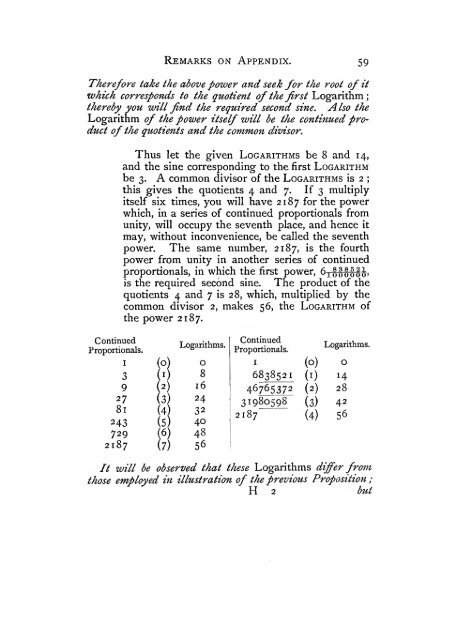
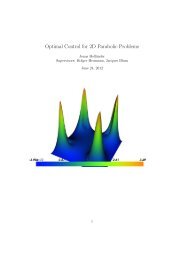
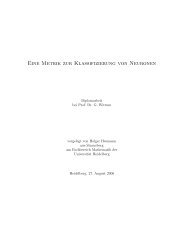
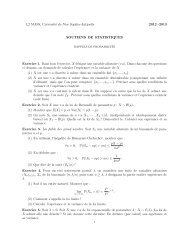
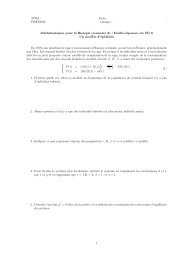


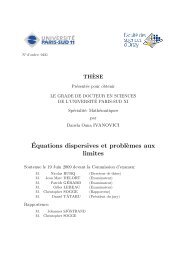
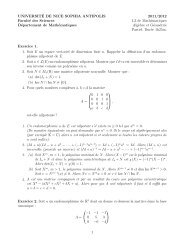
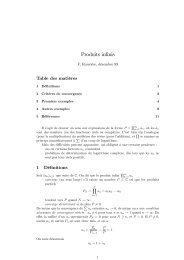
!['eries enti\`eres (+ [D78 Th d'Abel angulaire])](https://img.yumpu.com/14067031/1/184x260/eries-entieres-d78-th-dabel-angulaire.jpg?quality=85)

